| START (klick) |
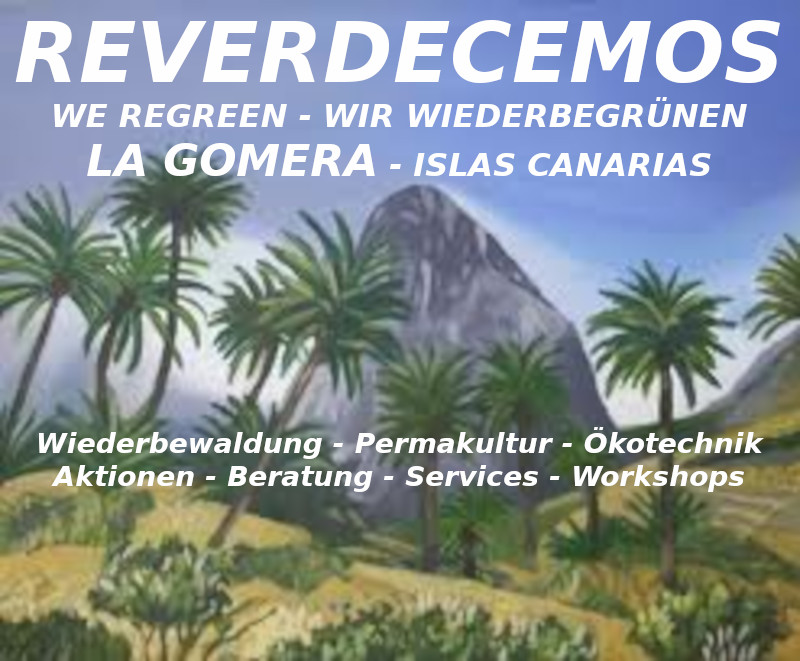 WIEDERBEWALDUNG 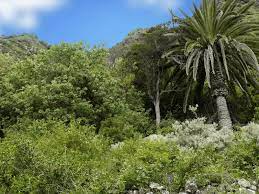 Einst war fast der gesamte ökologische Süden La Gomeras (2/3 der Insel) mit einem endemischen, wärmeliebenden Trockenwald bedeckt, bis die spanischen Konquistadoren ihn komplett abholzten und die ganze Berglandschaft für intensive Mono- kulturlandwirtschaft terrassierten. Die weitgehend zerstörten natürlichen Ökosysteme waren langfristig nicht mehr in der Lage, natürlichen klimatischen Schwankungen stand zu halten, so dass länger anhaltende Dürren schliesslich zur Aufgabe der Landwirtschaft und zur Verwüstung der Landschaft führten. Die resultierende Halbwüste hat sich seit der Flucht ihrer menschlichen Zerwohner wieder langsam erholt, vielerorts hat sich wieder eine natürliche Kräuterdecke und das endemische Buschland gebildet. Doch noch immer fehlen Schlüsselarten des ursprünglichen endemischen Ökosystems zu dessen Selbstvervollständigung. Ausserdem wuchern einige ehemals kultivierte Pflanzen invasiv nichtbesetzte Nischen zu. Deshalb liegt der Hauptfocus in diesen Arealen auf der Unter- stützung der natürlichen Selbstregeneration durch gezielte menschliche Eingriffe, insbesondere durch punktuelles Säen und Pflanzen fehlender Schlüssel- arten des endemischen Trockenwaldes und seiner Vorwaldstufen. Säen scheint die beste Methode zur Wiederherstellung der Kräuterdecke und des Trockenbuschlandes zu sein, auch zur Wieder- einführung einzelner Baumarten. Andere Baumarten sollten besser vorgezogen, ausgepflanzt und gegen Frass geschützt werden. Langfristiges Ziel unserer Wiederbewaldungsbemühungen soll die vollständige Wiederherstellung des endemischen Trockenwaldes sein, mit seiner Fähigkeit, sein eigenes Mikroklima zu schaffen, Wolken anzuziehen, Regenwasser zu speichern, Holz zu produzieren und sogar einen extensiven Permakulturgartenbau innerhalb des Waldökosystems und ringsum zu fördern. Die Produkte des Waldes und der Gärten, die Einnahmen durch vermehrten Naturtourismus und der Wertanstieg des begrünten Landes können die einheimische Wirtschaft deutlich stärken, Arbeitsplätze schaffen und die Bevölkerung als dauerhaften Rückhalt für die Wiederbewaldung gewinnen. Die typische Halbwüstensituation mit aufgegebenen Terrassen und verlassenen Dörfern im Süden La Gomeras. Wir organisieren Wiederbewaldungsaktionen in ausgewählten Arealen, für die die Landbesitzer entweder ihr Einverständnis gegeben haben oder aber schon so lange ausgewandert sind, dass wir an ihrer Stelle die ökologische Verantwortung für das Land übernehmen. Wir organisieren Frei- willigengruppen, vermitteln ihnen Wiederbewal- dungskompetenzen und gehen mit ihnen zu Saat- und Pflanzaktionen in die Landschaft. Ziel ist, fehlende Schlüsselarten in die geschädigten Ökosysteme wiedereinzuführen. Freiwillige können uns kontaktieren und bei der nächsten Wiederbewaldungsaktion mitmachen. Ebenso suchen wir weitere Freie Mitarbeiter (Gärtner, Ökologen etc.), die uns um ihre fachliche Kompetenz bereichern. Landbesitzer sind herzlich willkommen, uns ihr wüstgefallenes Land zur kostenfreien Wiederbewaldung anzubieten, wenn wir dafür einen kostenlosen und langfristigen Pachtvertrag erhalten. 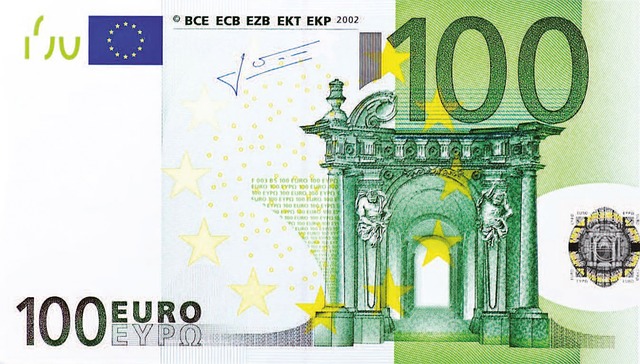 Wir bieten Landbesitzern auch die Möglichkeit, mit Wiederbewaldung Geld zu verdienen - durch digitale Investitionen, Fördermittel, CO²-Handel und Gründung grüner Unternehmen. Interessenten mögen sich hiermit herzlich eingeladen fühlen, uns für Detailinformationen zu kontaktieren (Kontakt siehe unten). LAUFENDE/KOMMENDE AKTIONEN: 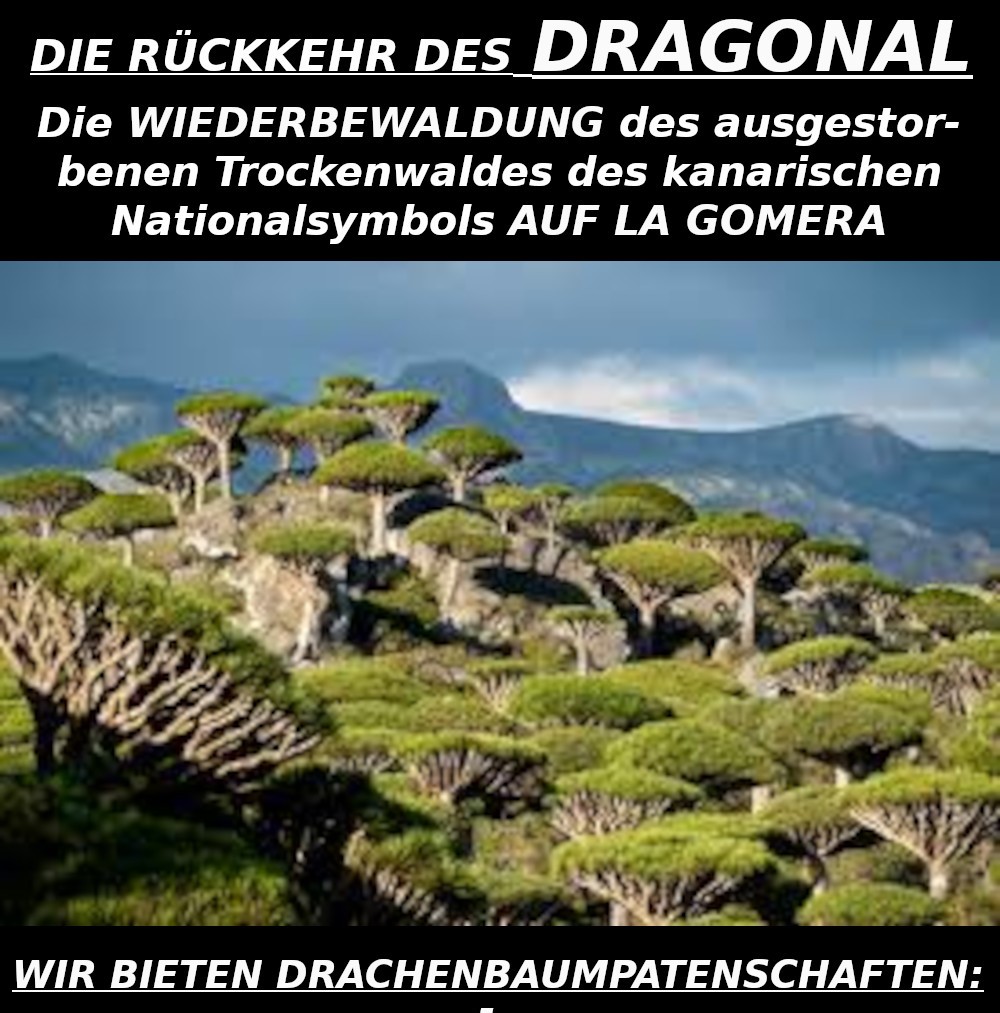 Wir pflanzen junge Kanarische Drachenbäume im Obertal von Chinguarime, inklusive der Saat von Kräutern und Sträuchern der zugehörigen Pflanzengemeinschaft. Unser Ziel ist, das erste neue DRAGONAL (Drachenbaumwald) La Gomeras in seinem ursprünglichen Verbreitungsraum wiederanzupflanzen, wo es durch Abholzung ausgerottet wurde. Diese Aktion hat wichtigen Symbolcharakter, da der Drachenbaum das Nationalsymbol der Kanarischen Inseln ist und bestens dafür geeignet, das Bewusstsein der einheimischen Bevölkerung wie der Urlaubsgäste für den ökologischen Wert der Wiederbegrünung der grösstenteils entwaldeten undverwüsteten Insel zu wecken. W I R B I E T E N DRACHENBAUMPATENSCHAFTEN: In Zusammenarbeit mit "TEMPLO DE GAIA - Naturspiritualität auf La Gomera" führen wir ERDHEILUNGSRITUALE durch, in denen wir gegen eine Spende von 50.-€ einen jungen Drachenbaum pflanzen und den Geist des ausgestorbenen Drachenbaumwaldes wieder neu heraufbeschwören. Interessierte mögen uns bitte per E-mail kontaktieren (s.u.) oder aber auf der Webseite von TEMPLO DE GAIA ihr ganz persönliches DRACHENBAUMRITUAL buchen (bitte hier klicken). KONTAKT: E-mail: info@reverdecemos.com oder sende uns eine Nachricht direkt auf unsere E-mail-INBOX (click) Man findet uns auch unter REVERDECEMOS LA GOMERA in:   --------------------------------------------------- S P E N D E N Weil ein Grossteil unserer Arbeit kostenlos und von öffentlichem Interesse ist, freuen wir uns über jede Spende, die es uns ermöglicht, unsere Tätigkeiten weiterzuführen. Bitte den folgenden Button nutzen. Vielen Dank! --------------------------------------------------- Und zuletzt eine Schritt-für-Schritt-Anleitung, wie wir bei Wiederbewaldungen vorgehen: (Übersetzung aus dem Englischen in Arbeit) HOW TO GROW A FOREST ECOSYSTEM FROM SCRATCH A DEEP ECOLOGICAL GUIDELINE FOR ALL KIND OF FORESTATION PROJECTS The
adequate and healthy motivation to grow a forest should be driven by
the will to cover a naked wasteland or poor vegetation zone with a
highly diverse forest vegetation, that should be able to maintain
itself as a selforganizing ecosystem. It´s a ecological upgrading of a degradated landscape. Like any other highly complex
selforganizing system a healthy forest will not only maintain and
reproduce itself, but provide it´s wild inhabitants needs alike human
interests with a sustainable abundance of natural products like fresh
air, food, wood and the inspirations of natural intelligence. A
forestation may have the further motivation to reforest an area that
was once covered with forest or to afforest an area that was never
covered by forest. Both is possible. Even desert greening. So if the
territorry for the forestation is chosen, the next important step will
be the implementation of deep ecological thinking. That means to think like a complexly interwoven ecosystem as a whole, to become the spirit of the forest
in the shamanic means of indigenous forest dwellers. In modern
technical and scientific terms this kind of thinking can be described
as cybernetical thinking and
elaborated in cybernetical computer models of the forest ecosystem,
which help to understand the systems complex feedback loops. The first
question with this mindset will be, which type of forest is potentially
able to grow in the chosen area. Is it best a dryland or wetland
forest, a tropical, subtropical, moderate or subarctic forest ... and
so on. The second question will be, which pioneer vegetation will be
necessary to nourish the young forest trees and prepare the conditions
for the slowly upgrowing forest ecosystem. The third question will be,
which species and species communities are adequate for the forestation.
Is the original forest ecosystem known in cases of reforestation? Which
vegetation grows naturally in this kind of environment elsewhere in
cases of afforestation? And very important: How does the growing forest
interact with the surrounding vegetation? A good forester will not want
invasive forest plants to overtake the surrounding ecosystems or vice versa, but will
wish instead a healthy coexisstence or even win-win-symbiosis. The
fourth question will be, how the growing forest will interact with the
landscape, the climate and the water situation of the chosen area. The
fifth question will be, which fauna will fit to the growing forest and
how the surrounding fauna will begin to interact. The sixt question
will be how to attract the right mushrooms and microorganisms to
prepare the soil for the growing forest trees. The seventh question
will be, what kind of forestation methods will make most sense. Which
species should be planted and which seeded? Do the plants need a
protection against animal predators or harsh environmental starting
conditions? Do they need to be watered or nourished? The eighth
question will be, if it makes sense, that the forester shapes parts of
the landscape artificially with construction projects, e.g. to store
more rainwater in the area and direct it to the growing plants. The ninth
question will be how humans will interact with the forest and how this
affects the forest ecosystem and it´s selfregulation capacities. A good
reforester will want, that human activities increase the wellbeing of
the forest, which an the other hand provides humans with the goods and
pleasures of the forests. A win-win-symbiosis. The tenth question will
be how the growing forest develops it´s own dynamics, which can be sometimes quite different then the original human purpose. How
could the forester adequately steer this dynamics or even learn from
them to better his/her own efforts. A forest is a living ecosystem with
it´s own character, tendencies, likes and dislikes and it´s own will.
One can imagine the forests spirit as an emergent hive mind of multiple
interacting individuals, species and biotopes. It´s possible to
understand this hive mind intuitively and even communicate with it,
like shamans do it traditionally. If the forest and the forester begin
an intuitive communication, the forest can show with subtle signs and messages, what kind of human
support it needs and the forester can develop a highly empathic gut
feeling for the forests needs to thrive.
If all this questions are beginning to find there answers during the planning stage of the forestation, it´s time to begin the forestation project itself and keep questioning. Rule one for the practical work is: Leave the intellect behind and follow your intuition. Never ever plant trees in rows and never ever do it with just one or a few monocultural tree species. Seed and plant a highly diverse ecosystem with multiple plant species. Follow the natural topography of the area and plant or seed the different species in there best fitting habitat. Plant trees in irregular distance from each other and mix the planted tree species like in a naturally diverse forest. Get a feeling, how the trees will look like, when they´re fully grown and how they will affect each other. Always beginn seeding and planting actions with species of the pioneer vegetation. Aim to grow the vegetation level by level: First the herbs to cover the ground, than the scrubs to give shadow for the trees at last. Begin with the plantation of pioneer trees and replace them later with deep forest trees. Keep in mind, that the forestation will need intelligent human management during the growing period. When the forest will be fully grown, it will be able to maintain and shape itself with a minimum amount of human management efforts. That can mean to cut trees to lighten up the forest ground or to collect dry wood to avoid wildfires. Animal management will be another important management challenge. A forester will want a fauna, that is able to shape the forest in a way that is supporting the forests thriving and creates highly diverse environment types. For example can it be quite fertile to integrate big herbivores into the forest ecosystem, which can create meadows, openings and pathes in the jungle. And it can be quite usefull to integrate predators, which can keep the herbivores under population control and spare human hunting efforts. At last it should be clear, that the growing of a forest ecosystem is never ever finished, because a forest is a living organism with ever changing dynamics and an ever changing bigger environment, in which it is embedded. The weather and the seasons are every year different and the climate may even change. The internal dynamics of flora and fauna may change and the human attitudes and activities concerning the forest. Forestation is a neverending process - and a good forester will develop and maintain an intense intuitive communication with the forests spirit. The best forester will not only be a professional ecologist, but an excellent shaman who speaks with plants and animals. Autor: Freigeist von Lebenskunst
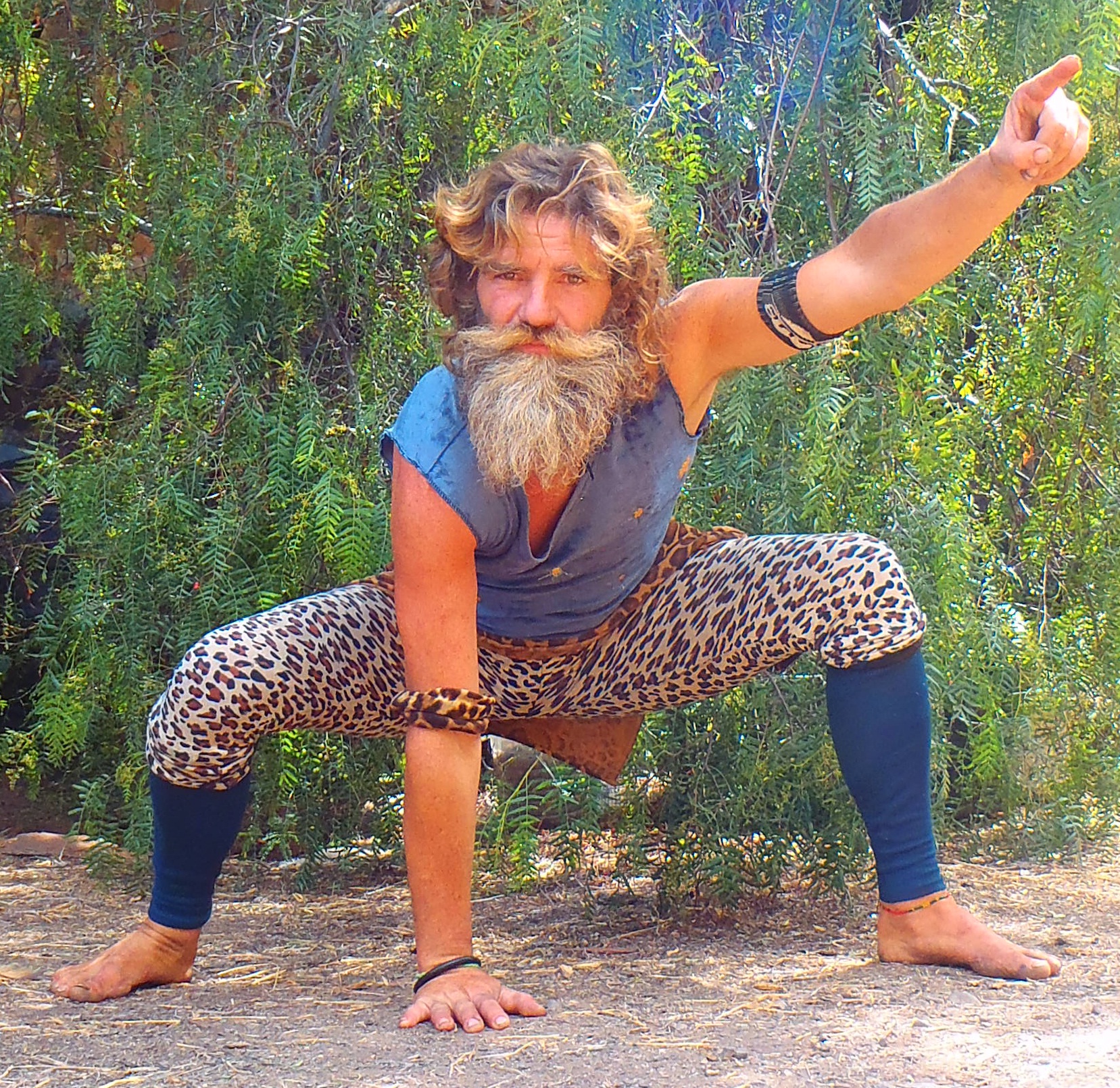 Ökosystem-Designer START |